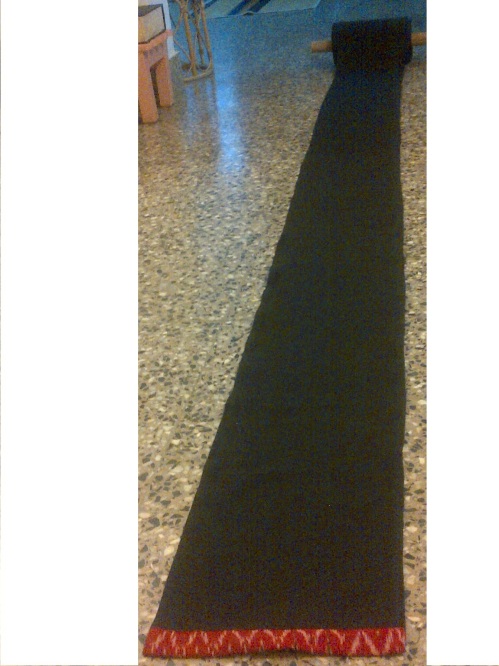The lower elementary students have started their study of
botany. Montessori cultural subjects start with lessons meant to strike the
student’s’ imagination and give the big picture before going on to look at the
specific details. In botany this means we start by presenting the plant kingdom
through simple classification charts.
During the second botany lesson the second and third students
examined a small sapling and reviewed its different parts and their functions.
They made their own drawings of a tree and wrote the labels for the root system
and shoot system and the parts found within these two systems. The first year students gathered outdoors for a lively discussion about the parts of the plant. They described and named each part while laying labels on the sapling. To illustrate the plant’s need for roots they pretended to be trees with and without roots and acted out what would happen when the wind blew.
Submitted by: Rhonda Reynolds










.jpg)








